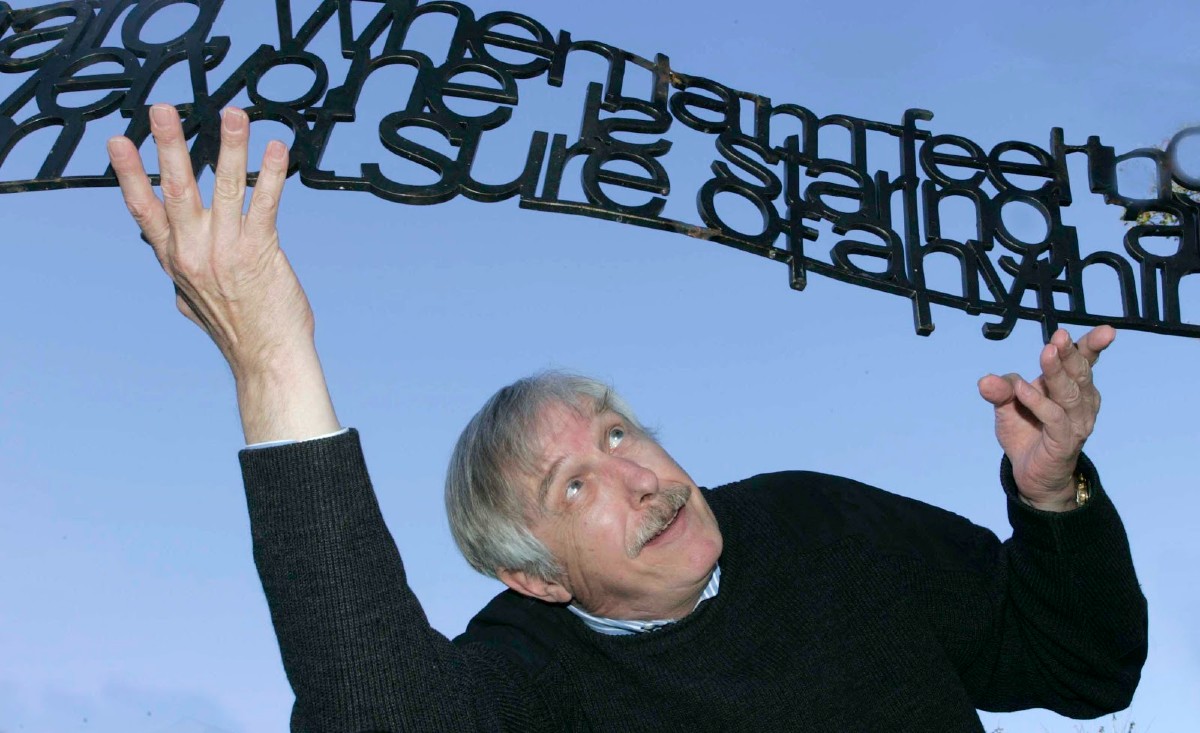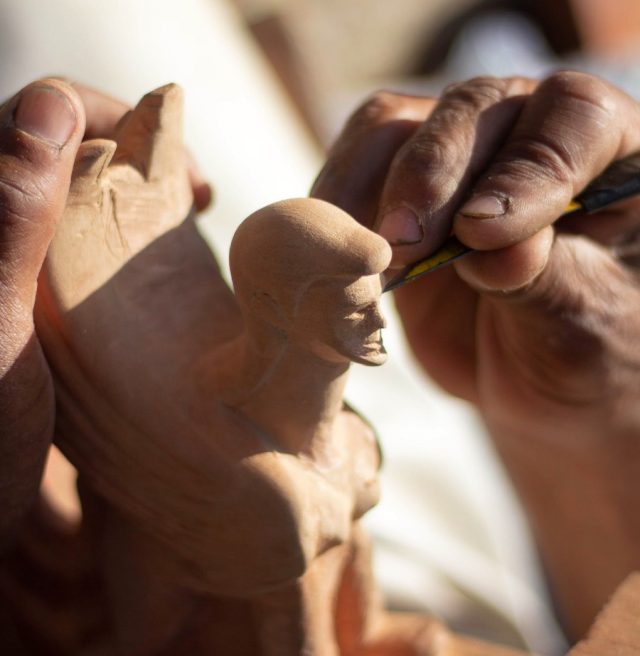Ron Davis’ Discovery – 40 Years On

Forty years ago – in 1981 – Ronald Dell Davis stumbled on a breakthrough idea.
As a child, he had been labeled as uneducable. Classroom learning was impossible. He was surrounded by colors, noise, lights, rules, and words he didn’t understand. The letter strip along the top of the classroom wall provided a distraction from the chaos, but it held no meaning to him. Its shapes would float in the air, rotate, flip, and turn.
Once home, Ron would retreat to play in his yard, molding objects from a gooey mixture of red dirt and water. Eventually he started to make replicas of the letters from the classroom wall with the clay, asking his older brothers to tell him the names of each letter. He eventually learned all the letters of the alphabet, but that didn’t lead to reading.
Ron had a knack for math concepts. As a young adult, he did well with an engineering-based career in the aerospace industry, where his strong mechanical skills and ability to manipulate mental images were assets. But he left his job when offered a promotion to an administrative position. He was hiding a terrible secret and couldn’t risk exposure: he still couldn’t read.
Whenever he tried to read, the words on a page appeared to be swimming. The letters would not hold still. The spacing would disappear and the shapes of the words would transpose and shift. There was no way to make sense of any of it.

He took on a new career path: sculpting. He loved to immerse himself in his art, but was stymied when someone asked him, “how can you do what you do?” For him, sculpting was easy, but describing his process in words was a challenge. As he thought about it, he realized that when creating his artwork, he would get lost in his creative mental space, losing track of the physical world around him. His senses were aligned to what he was thinking, in a world of imagery where language didn’t exist.
As he thought about his creative space, his curiosity was sparked. If he could go in his mind to a place where language didn’t exist, could he find a way to go where it did?
Exploring that question resulted in his discovery of the root cause of dyslexia — disorientation. He realized that the mental state that fostered his art could also be the cause of his problems with sorting out words on a page. He needed to figure out a way to turn the disorientation off.
Once he figured it out, he was able to read effortlessly for the first time in his life. The words held still, the spacing between letters and words and lines became stable. He was stunned and overjoyed when he hit upon the sweet spot in his brain that allowed him to experience what the rest of the world experienced when looking at text.
Ron shared his discovery with a few of his artist friends who, like him, had always struggled with dyslexia. Surprisingly, the strategy Ron had developed to shift his own mental perspective into reading mode worked for them as well. In 1982, Ron established the Reading Research Council to research and test his discovery with others, who like him, struggled to decipher written words despite even though they were highly intelligent, intuitive, and creative,
Over time, working with other professionals such as educational psychologist, Dr. Fatima Ali, the pieces of the puzzle were coming together. It wasn’t enough to merely fix the disorientation — the underlying triggers for disorientation also had to be explored and rectified. The Davis Dyslexia Correction Program was born by reverse-engineering the path that Ron had walked to get to where he was, leading him all the way back to modeling the letters in his backyard,
This article excerpted and adapted from The Ron Davis Story: How one man’s discovery forever changed the face of Dyslexia. (Published by DDAI, 2020)









